In this article, we will compare the luxury features, functionalities, and performance of the Honda CR-V 2.4L 2016 and the Mazda CX-5 2.5L 2016.
Exterior design
When it comes to design, people’s preferences differ. Some people are drawn to the Honda CR-V, while others prefer the Mazda CX-5.
The Honda CR-V 2016 features its unique design language, the Exciting H Design. It has a large single-blade grille connecting the headlamps and a central H logo. While the front of the car is praised for its sporty and rugged look, the rear design is a downside, often referred to as a “pregnant duck tail.”
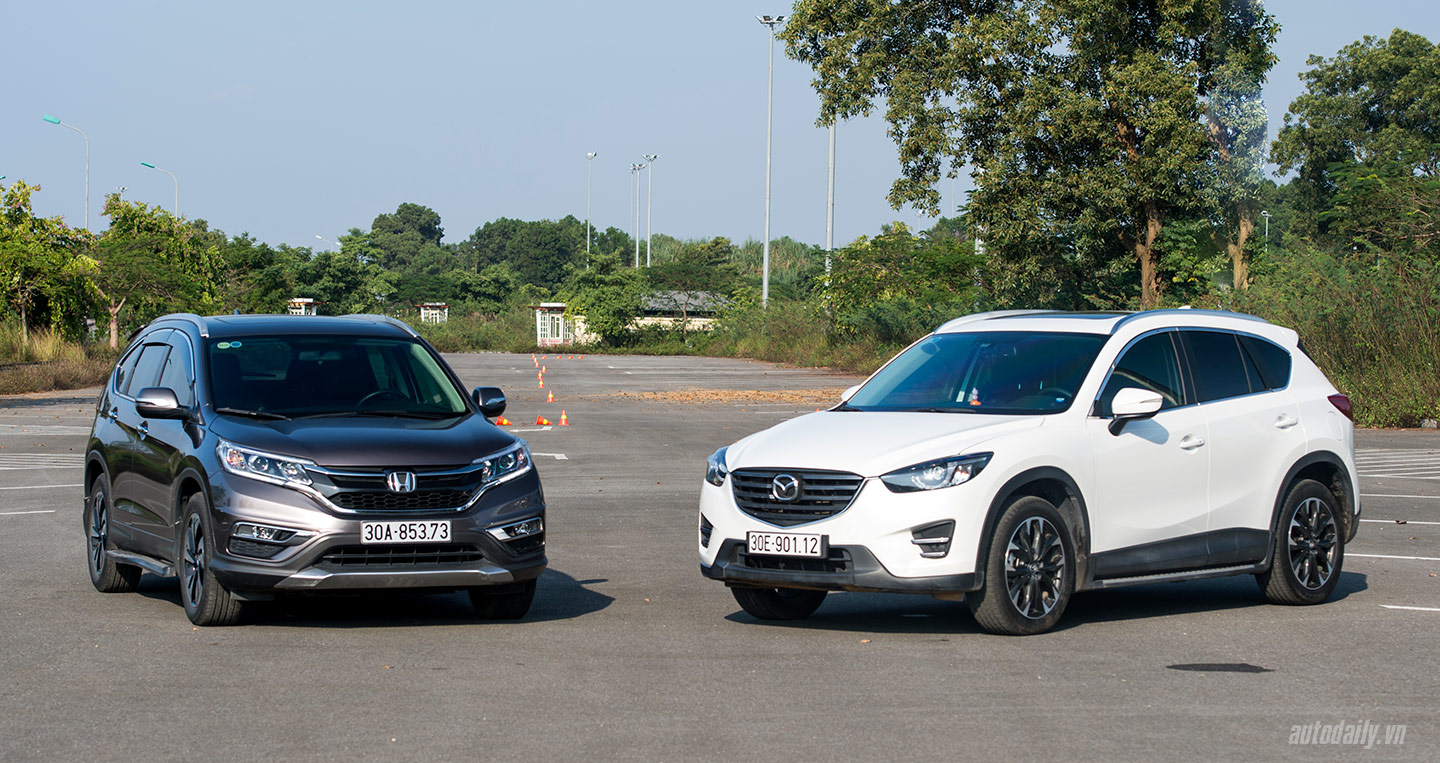
On the other hand, the Mazda CX-5 embraces a dynamic and balanced appearance, following the design philosophy of “Kodo – Soul of Motion.” It appeals to both male and female customers. Additionally, the Mazda CX-5 offers unique features such as self-adjusting bi-xenon headlights, steering-assist headlights, and automatic wipers.
The common features between the two cars include LED daytime running lights, fog lights, high mount brake lights, electrically folding mirrors with integrated turn signals, and alloy wheels.
In terms of modernity and stronger lines, the Mazda CX-5 takes the lead. While the CX-5 looks compact, the CR-V exudes a sense of prestige and solidity.
Despite having a slightly longer wheelbase than the Honda CR-V (2,700 mm compared to 2,620 mm), the CR-V feels more spacious inside. This could be attributed to Mazda’s design philosophy, which sometimes results in a slightly cramped interior.
Interior space
In the 5-seater crossover segment, cargo capacity is an important consideration for consumers. In this aspect, the CR-V surpasses the CX-5 by a large margin. When the second row of seats is folded up, the CR-V offers a cargo area of 556 liters, while the CX-5 provides only 403 liters. During testing, both spaces were able to accommodate 2 golf bags and a paragliding bag.
The second row of seats in the Honda CR-V boasts comfortable seating, offering ample legroom from the knees to the front seats and from the front to the roof. Additionally, the CR-V has two added advantages – the second row of seats can be reclined and has air-conditioning vents, making passengers feel comfortable, especially on long journeys.
On the other hand, the Mazda CX-5 falls short in terms of the second row of seats. They cannot be reclined and do not have air-conditioning vents. The space in this area also lags behind its competitors.
However, when it comes to the space for the driver and front passenger, the CX-5 receives more praise than the CR-V. The CX-5 features a more upscale and modern design with an electronic parking brake, rotating control knob for the infotainment system, sports driving mode, 10-way power-adjustable seats, 6-way power-adjustable passenger seats, and a 9-speaker Bose sound system. Meanwhile, the CR-V has a simpler style with 8-way power-adjustable seats, manually adjustable passenger seats, ECON fuel-saving driving mode, and a 6-speaker audio system.
The CR-V and CX-5 both share common features in the cabin, including a leather-wrapped multifunction steering wheel, luxurious leather seats, cruise control, Start/Stop button, sunroof, automatic air conditioning, CD/Radio/MP3/AUX/USB entertainment system, and rear seats that can be folded down to increase cargo space.
Performance
The Honda CR-V 2.4L 2016 is equipped with a 2.4L DOHC, i4, i-VTEC engine, producing 189 horsepower at 7,000 rpm and a maximum torque of 220 Nm at 4,400 rpm. It is paired with a 5-speed automatic transmission and front-wheel drive.
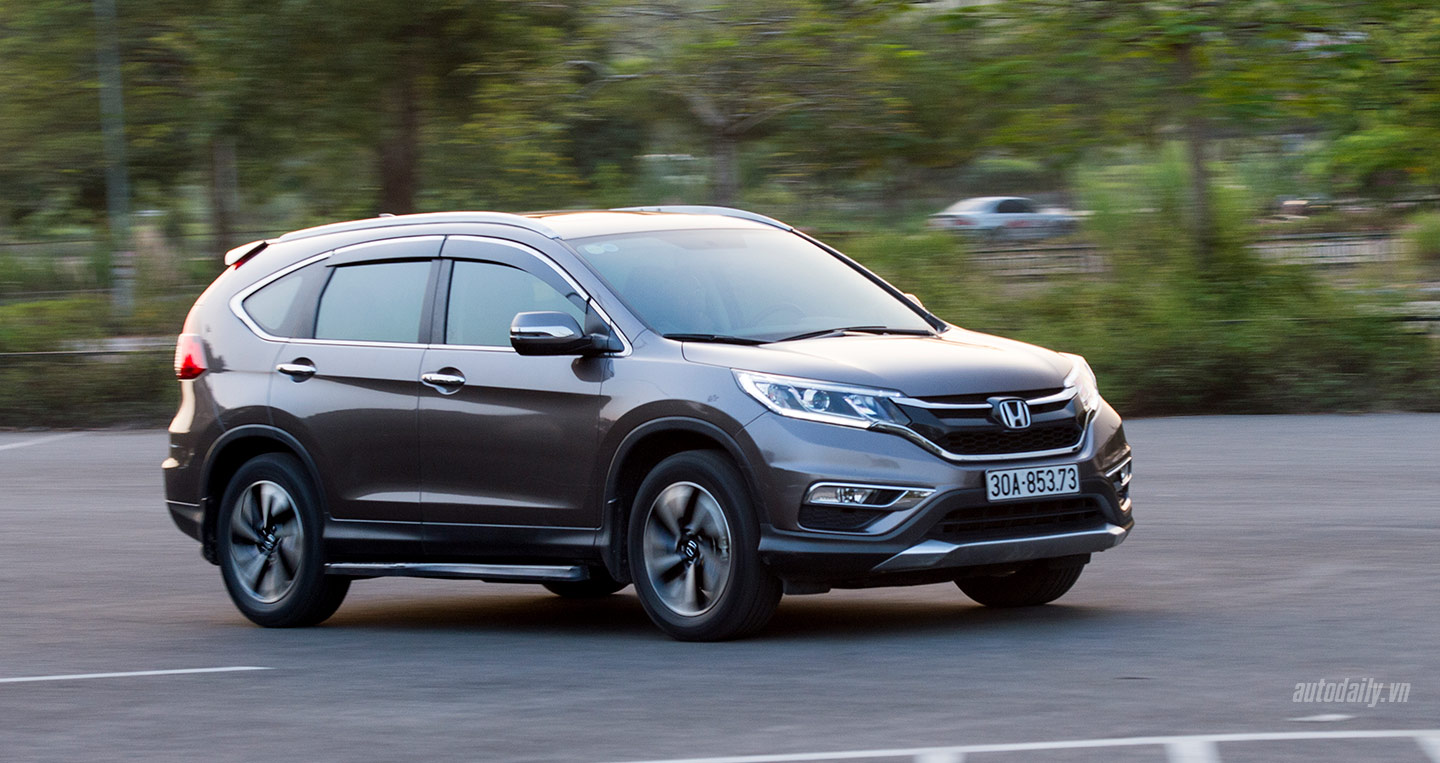
On the other hand, the Mazda CX-5 2.5L 2016 is equipped with a Skyactiv-G 2.5L engine, producing 185 horsepower at 6,000 rpm and a maximum torque of 250 Nm at 3,250 rpm. It is paired with a 6-speed automatic transmission and all-wheel drive, providing a major advantage compared to the CR-V.
We conducted three tests using professional Race Logic equipment – Acceleration from 0-100km/h, Braking from 100km/h-0, and a slalom test – to assess the performance of the CR-V and CX-5. Additionally, we used a noise measuring device to test the noise levels of both cars.
The test results using Race Logic equipment and a noise measuring device are as follows:
In terms of performance, the CR-V outperforms the CX-5 with its stability and firmness. At high speeds, the CR-V stays planted on the road without any feeling of floatiness or excessive vibrations.
Safety features
|
Car model |
Mazda CX-5 2.5 AT AWD |
Honda CR-V 2.4 AT |
|
Anti-lock braking system |
Yes |
Yes |
|
Electronic brakeforce distribution |
Yes |
Yes |
|
Emergency brake assist |
Yes |
Yes |
|
Electronic stability control |
Yes |
Yes |
|
Anti-slip regulation |
Yes |
Yes |
|
Rollover prevention |
Yes |
Yes |
|
Hill-start assist |
Yes |
Yes |
|
Downhill assist |
No |
No |
|
Emergency brake warning |
Yes |
Yes |
|
Theft deterrent system |
Yes |
Yes |
|
Backup camera |
Yes |
Yes |
|
Backup sensors |
No |
No |
|
Air conditioning |
2-zone automatic |
2-zone automatic |
|
Airbags |
6 |
4 |
Conclusion
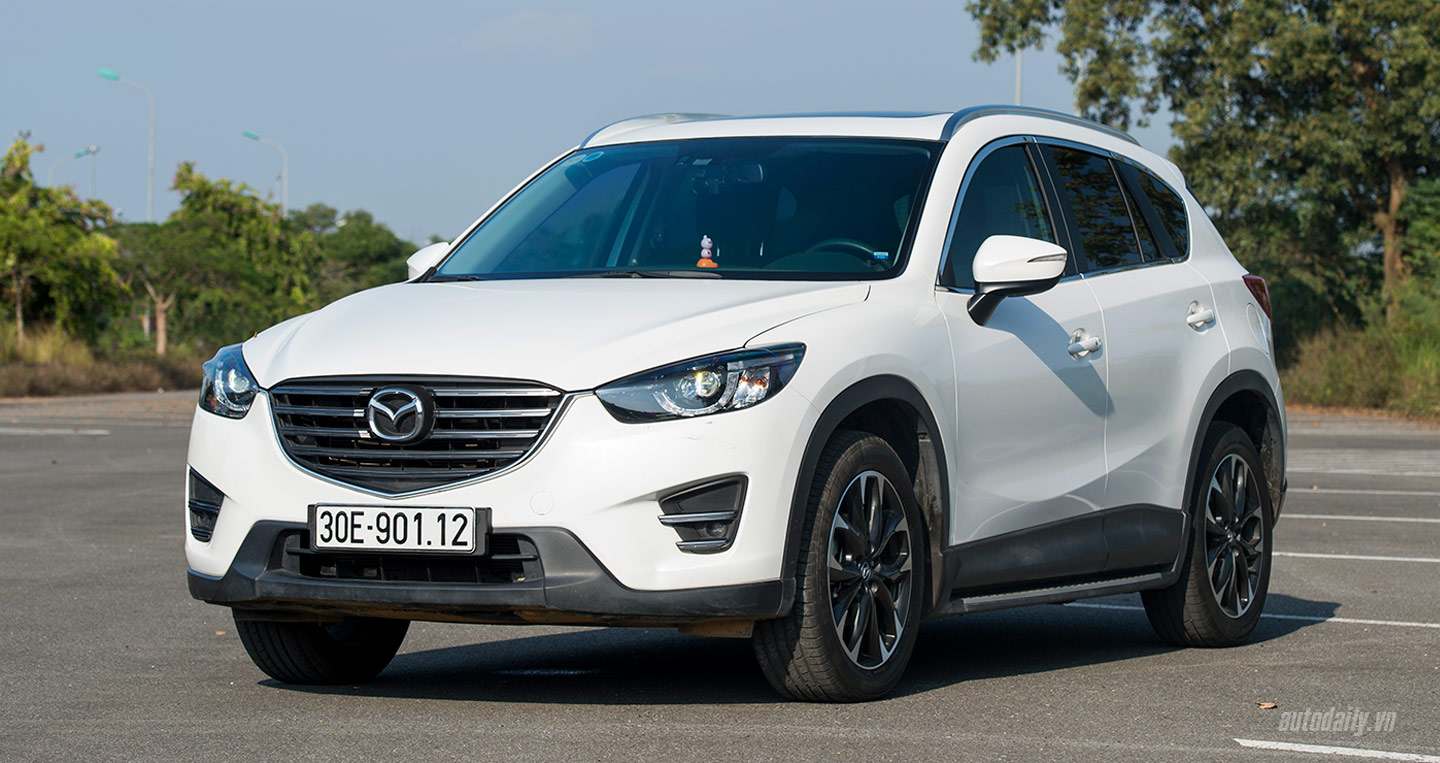
Ignoring the subjective aspect of design, the Mazda CX-5 stands out in terms of safety features with top-of-the-segment attributes such as rollover prevention, traction control, and emergency brake warning. On the other hand, the Honda CR-V presents itself as a well-rounded car, offering impressive technology, safety, and performance.
4banhteam (forum.autodaily.vn)
[ACCESSORY REVIEW] Gotech GT Mazda: The Perfect Puzzle Piece for the CX-5
The all-new 2023 Mazda CX-5 has just been updated to be an exceptionally versatile and value-packed model. With its comprehensive features, it ticks all the boxes except for one missing aspect: a large entertainment screen. And this is precisely where Gotech GT Mazda comes into play – to fulfill that need.







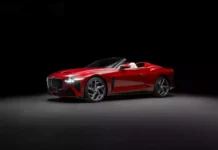



















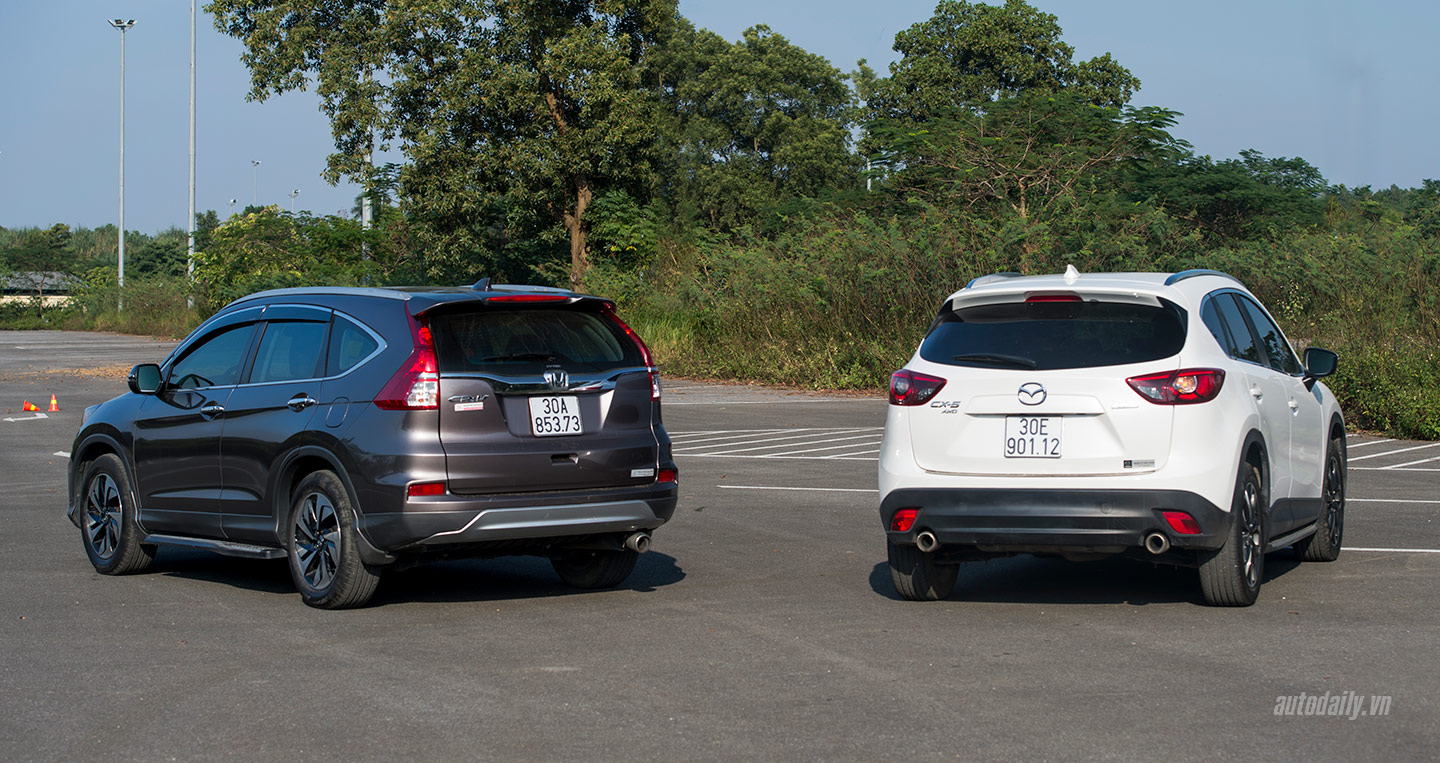
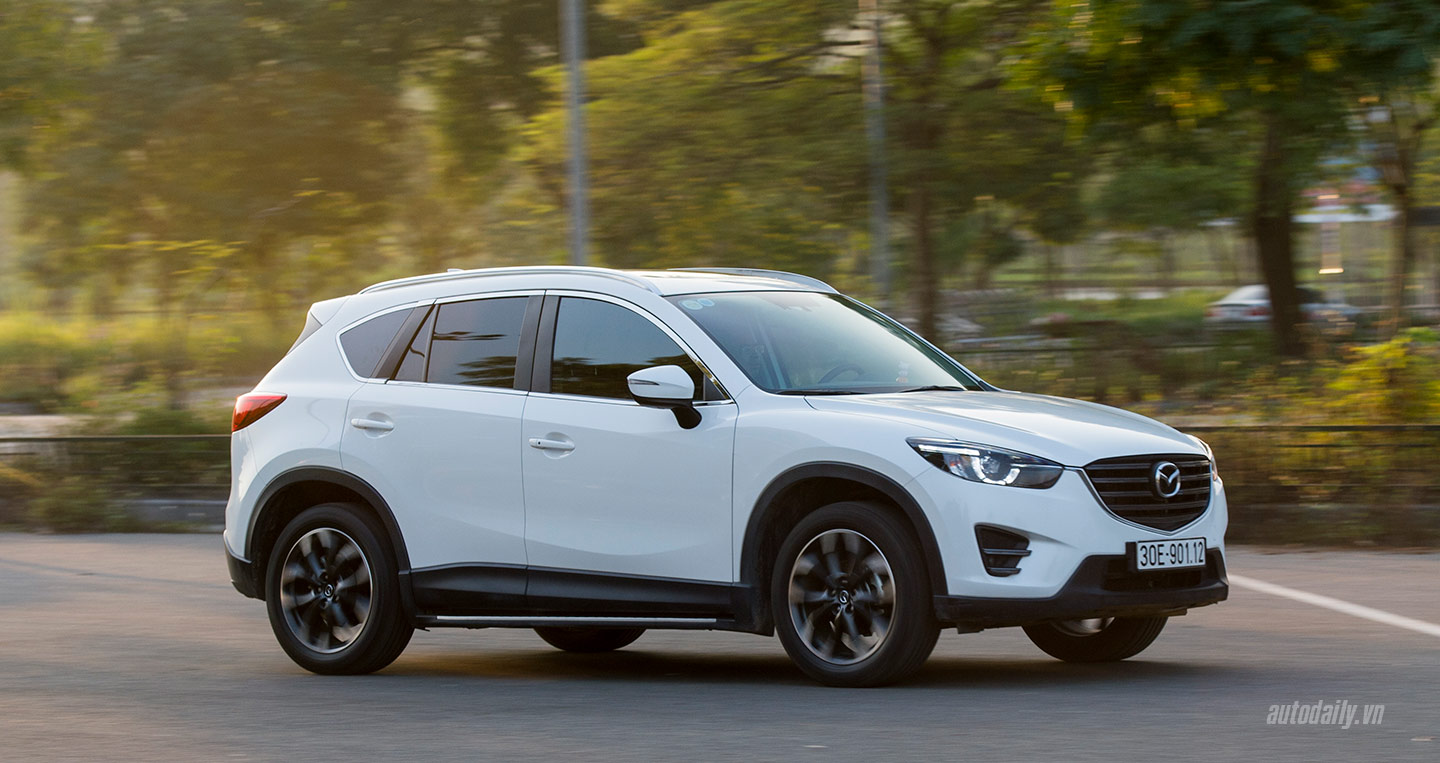
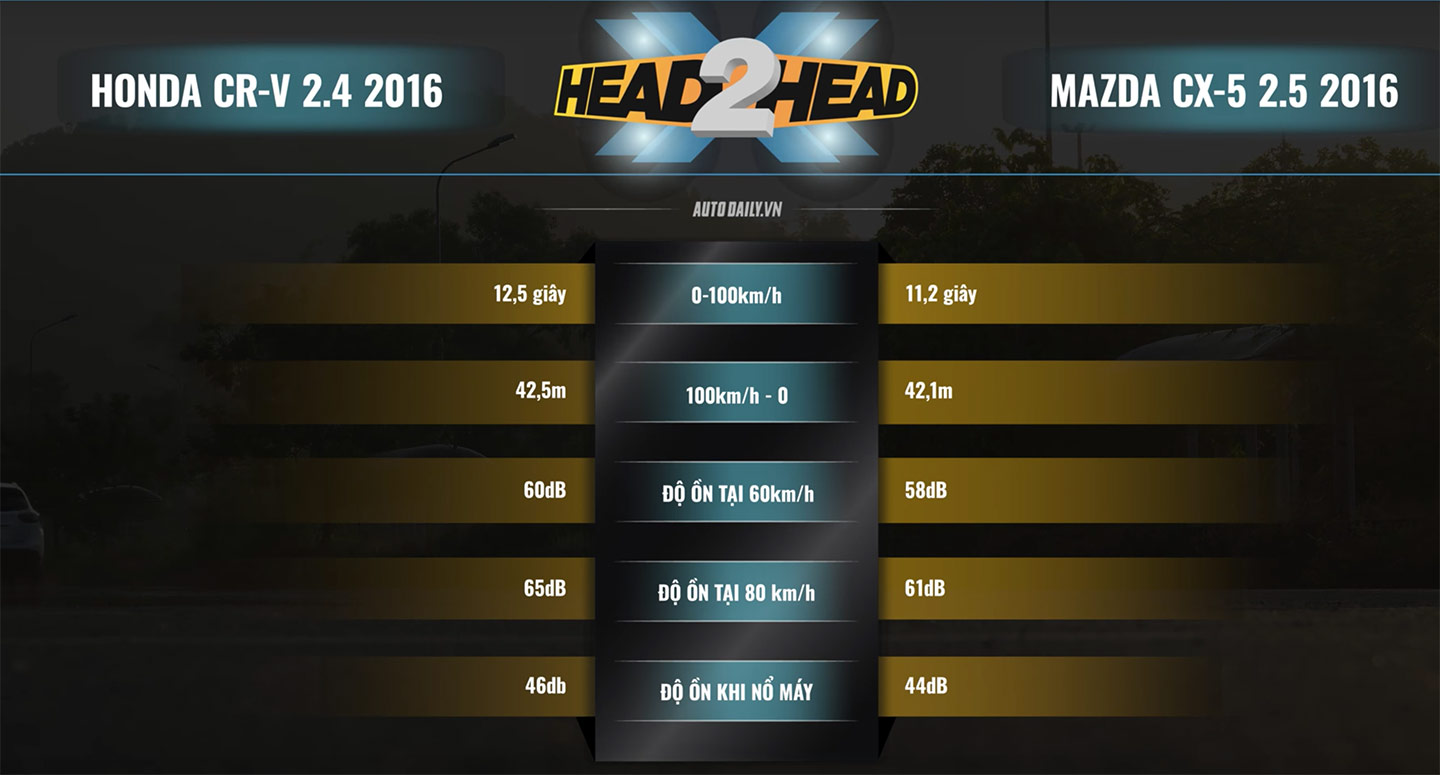
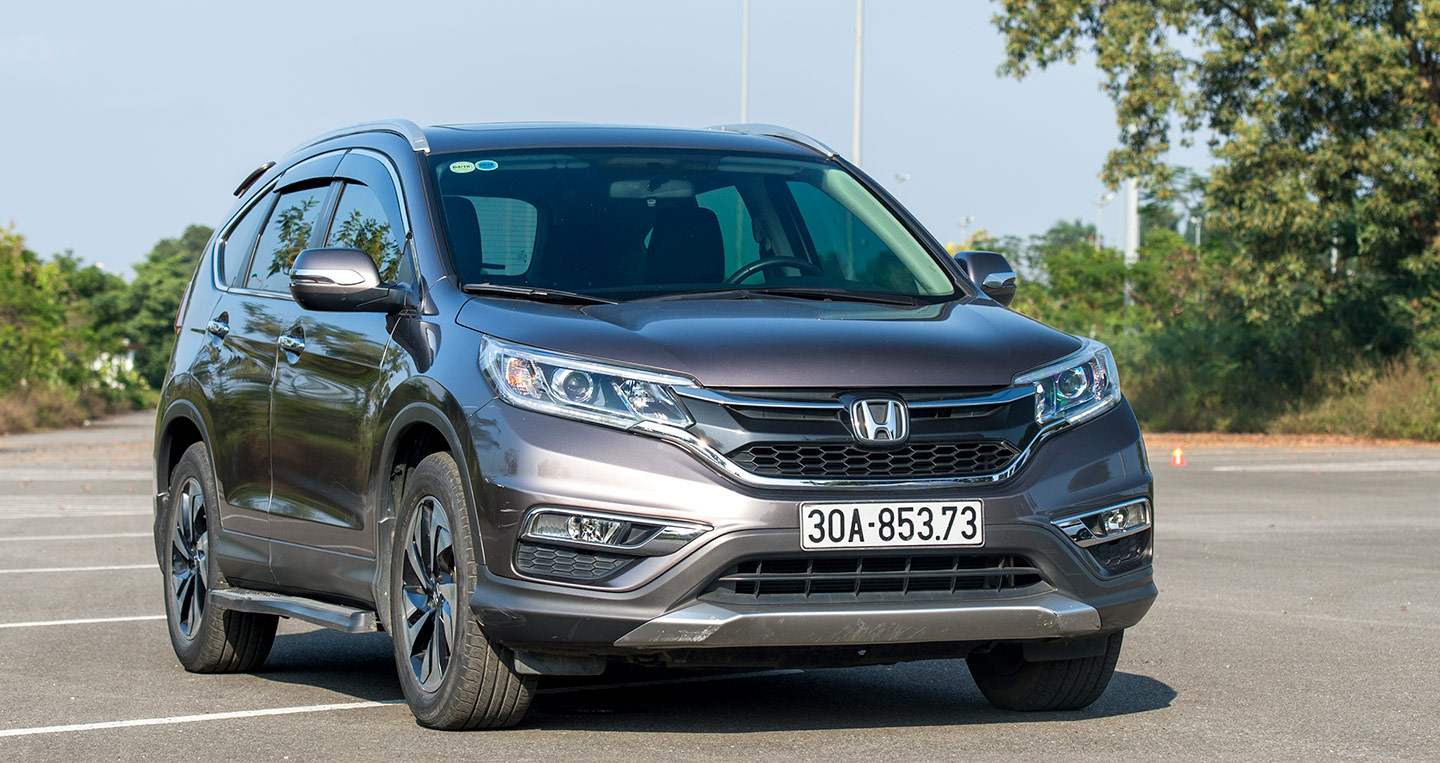


![[Lexus RX 500h F Sport Performance Review: Astonishing Transformations]](https://vnauto.net/wp-content/uploads/2023/10/xehay-lexusrx500h-23062023-15-150x150.jpg)
![[Quick Review] Ford Mustang: The Wild Horse with a Cowboy Spirit](https://vnauto.net/wp-content/uploads/2023/10/xehay-fordmustang-01092022-2-150x150.jpg)
![[ACCESSORY REVIEW] Gotech GT Mazda: The Perfect Puzzle Piece for the CX-5](https://vnauto.net/wp-content/uploads/2023/10/xehay-mazdacx5-05092023-5-150x150.jpg)













